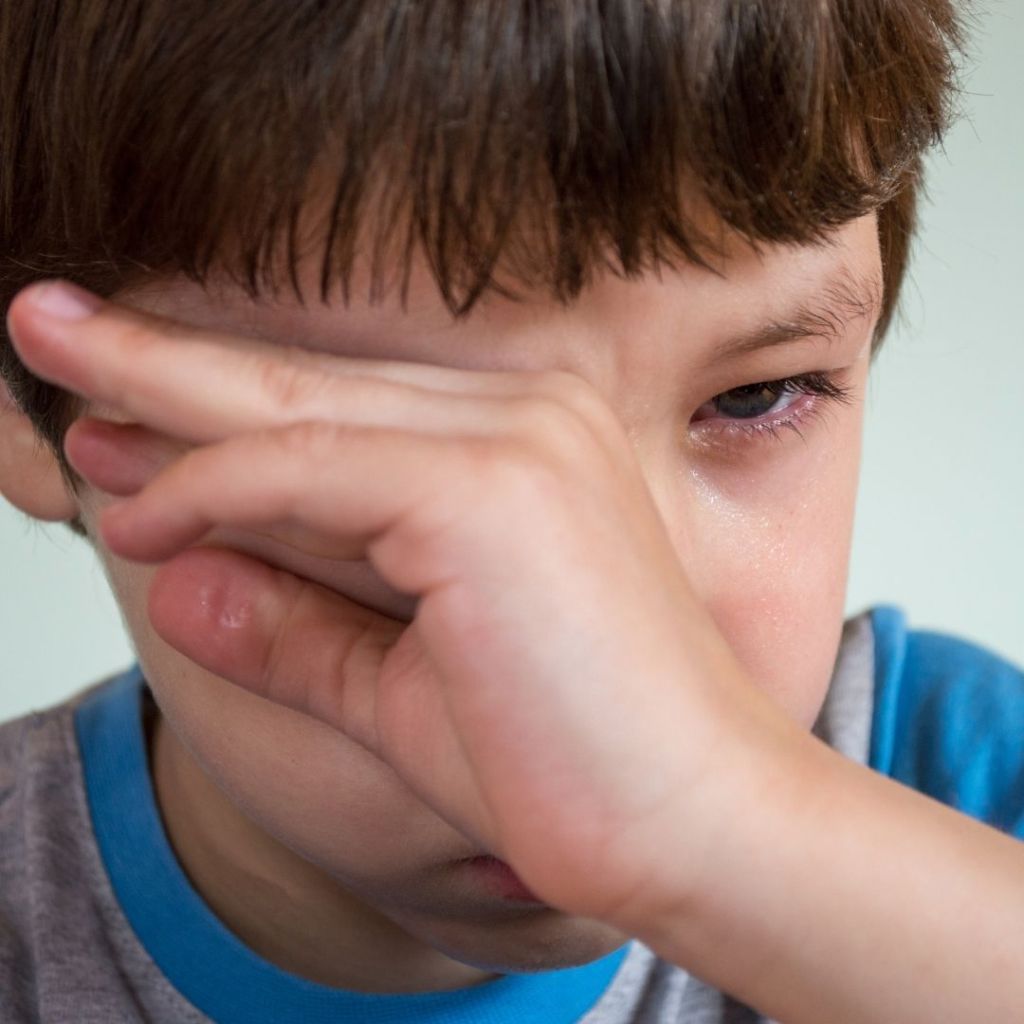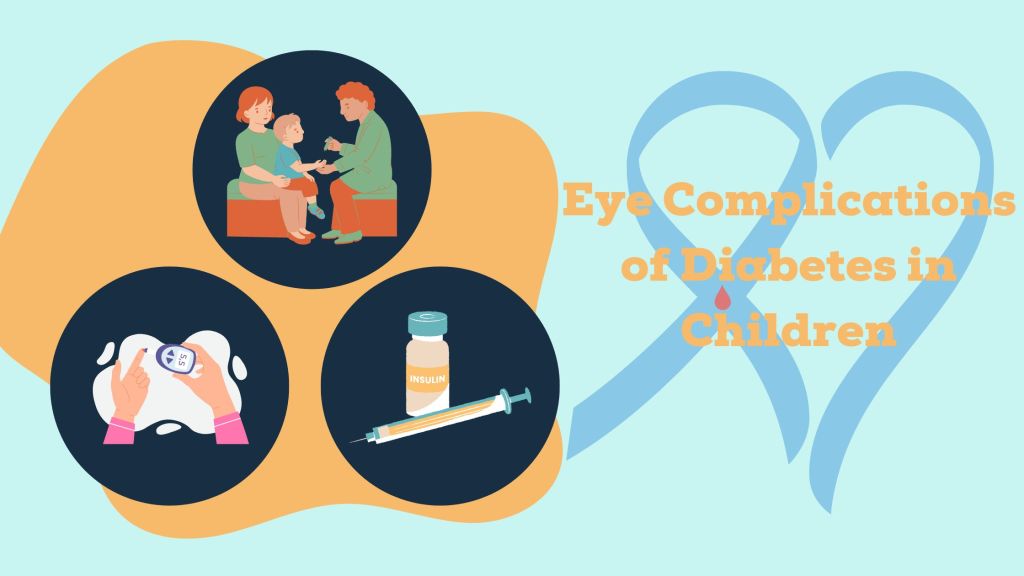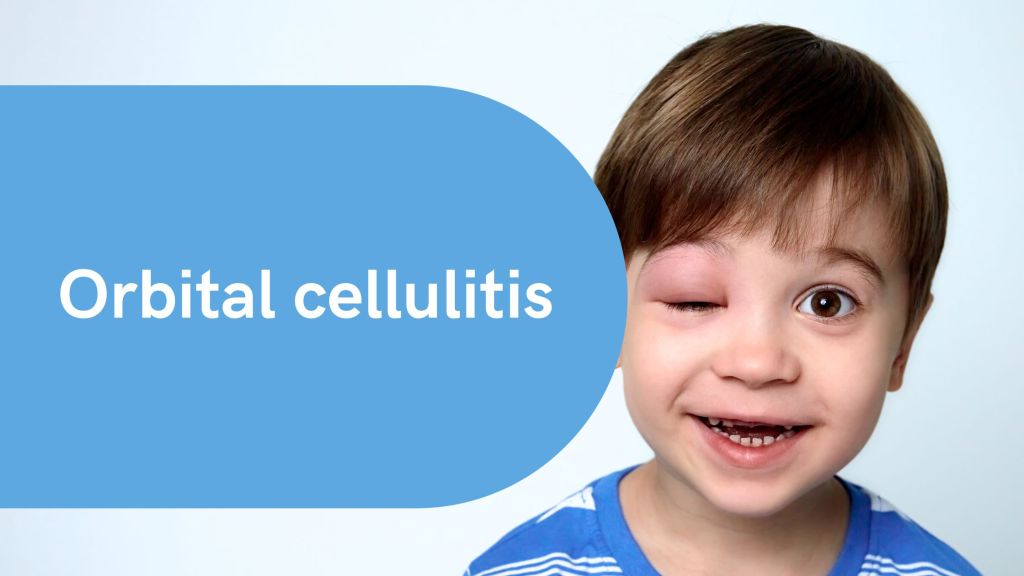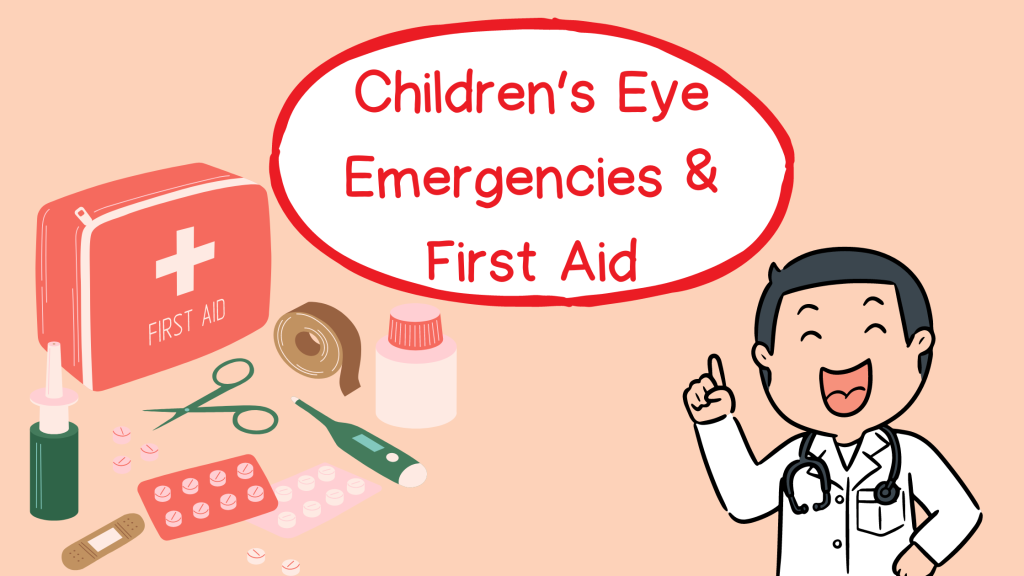– “I think you might have a condition called dry eyes”
-“but my eyes are watery”
That’s it. It is more common than you think. While I don’t know the exact statistics, here’s what I found:
- In Australia: 20% of the adult population, 48% of which are office workers suffer from dry eyes syndrome.
- USA: as of 2021, 15% of the population
Symptoms
Itchy and red, stinging or burning, with or without sandy sensations in the eye. blurred vision and sensitivity to light. It’s all not fun. Gritty, sticky, eyelids stuck together with yellowish discharge. Or the eye does not stop watering!!!! It’s all very annoying, I can’t go on with my life.
Dry eyes is chronic, meaning lasts for a decent amount of time, and if not treated can result in dramatic consequences, infections or permanent damage to the surface of the eye.
Red, Itchy, Stingy Eye. Watery Eye.
Gritty, Sand In The Eye Sensation
EyeLids Stuck Together In The Mornings
Blurred Vision
Causes
In todays world, really almost anything and everything can be the cause.
People forget to blink. Or spend along time reading or staring at screens. Dry weather or windy, dusty, smokey. Air conditioned environment with either heater or cooler on.
Wearing contact lenses for too long or having allergies particularly to certain medications or eye drops
Old age, Pregnancy, menopause, hormonal changes, rheumatoid arthritis, lupus, thyroid disorders, Sjogren’s syndrome, vitamin A deficiency, certain eye conditions and the list goes on.
Certain medications such as hormone replacement therapy, birth control pill, high blood pressure drugs, antidepressants and many more.
The Lacrimal gland & Tear Film
The lacrimal gland is the tear producing gland
The tear film is made of 3 layers:
- Outer fatty oily layer: This layer seals off the tear film and prevents the tears from evaporation
- Middle watery layer: This layer is to lubricate the eye and wash away infections.
- Inner mucous layer: This layer nourishes the cornea underneath, and helps the watery layer to stick to the eye.
No matter the cause, the end result is a disruption in the tear film resulting in increased tear production, the eye not retaining tears in the eye (droopy lower eye lids or blocked tear duct), or evaporation of tears.
Diagnosis
Regardless of the symptom or the cause. The diagnosis is super easy, the specialist may have a look at the tear film under the microscope or do a quick test that measures the quantity of tears in the eye, called Shirmer’s test.







